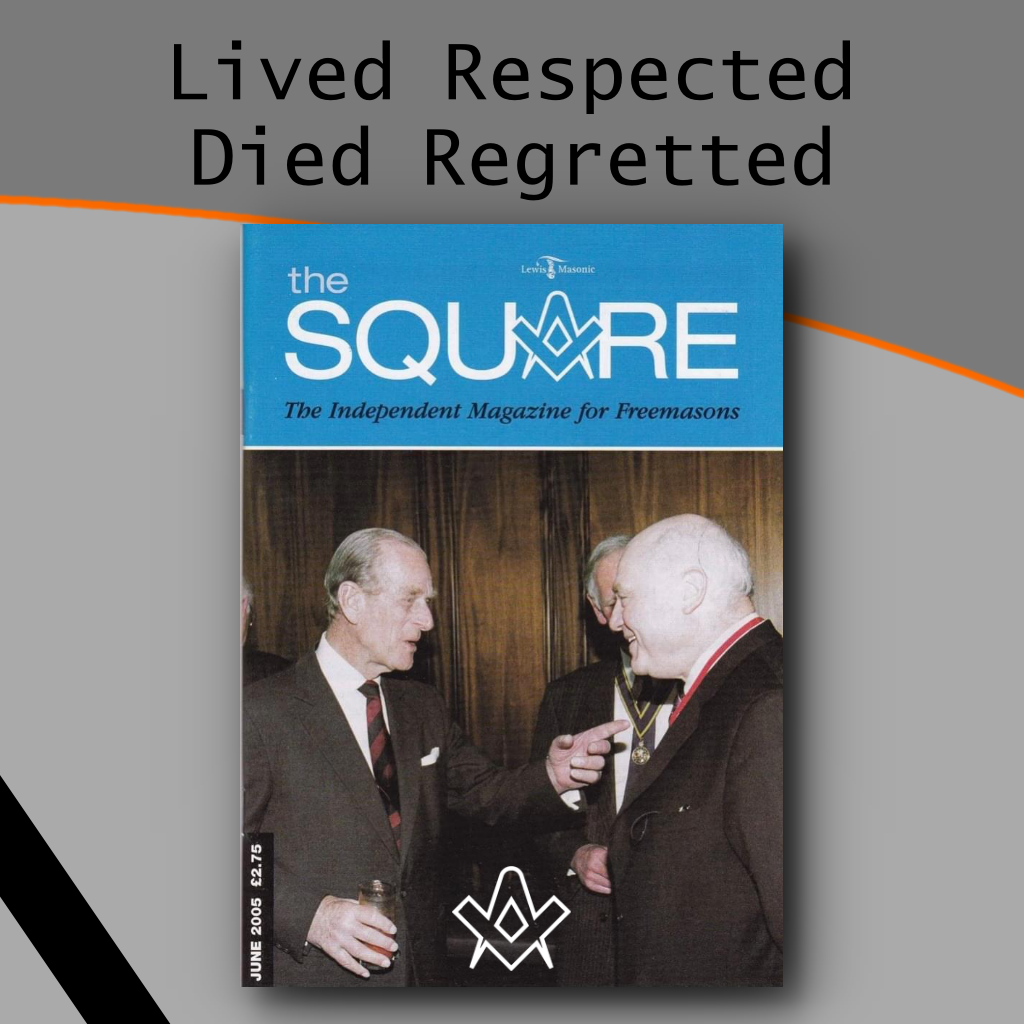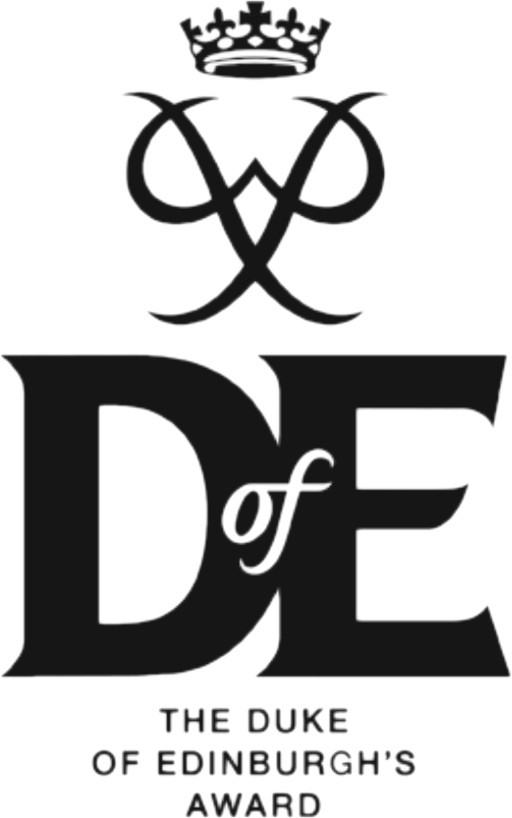The death of HRH The Prince Philip, Duke of Edinburgh, although expected, sent shockwaves throughout the nation.
No one could doubt his unwavering dedication and love of his beloved wife, Her Majesty the Queen but it was his contribution and service to the Crown, Great Britain and the Commonwealth that was his life’s work.
The Duke’s royal Patronages and commitments to charities and foundations numbered almost a thousand and primarily included organisations that echoed and complemented his myriad interests and passions:
‘Over the course of his life, His Royal Highness was associated with 992 organisations, either as President, Patron, Honorary Member or in another capacity, with special interests in scientific and technological research and development, the welfare of young people, education, conservation, the environment and the encouragement of sport.’
Some of these organisations were very high profile, such as the WWF, but essentially it was The Duke of Edinburgh’s Awards, which epitomised his vision and passion for inspiring young people to become independent, embrace adventure, and subsequently find their place in the world.
One thing few members of the public were aware of was his role within Freemasonry – the Duke was a full member of Navy Lodge No. 2612 for 68 and a half years.
His philosophy, balanced nature, and dedication to exploring the Arts and Sciences are something he would have found mirrored within Freemasonry, and although he was not always active in the Craft, his full membership of Navy Lodge demonstrated his dedication to, and interest in the Fraternity and he was a Brother until his death.
According to Freemasonry Today:
The Duke of Edinburgh was known to drop into meetings at his Freemasons Lodge almost unannounced.
Navy Lodge has a storied past and an amazing roster of luminaries appear upon its membership roll.
The Lodge prides itself on being the premier Naval Lodge in the world, with an unparalleled history that includes four monarchs as past members – King Edward VII, King Edward VIII, King George VI and King George II of the Hellenes.
The Square would like to pay tribute to this remarkable man and what better way than including the words of those who knew him personally.
It is with sincere thanks to David Swain of Navy Lodge No. 2612, and Masonic author Robert Lomas for their heartfelt contributions to this article.
A Tribute from The Royal Navy Lodge No. 2612
By WBro David Swain PJGD
Captain Royal Navy
Metropolitan Grand Secretary
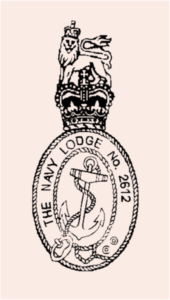
HRH The Prince Philip, Duke of Edinburgh, was born Prince of Greece and Denmark on 10 June 1921 at Villa Mon Repos on the island of Corfu. As a boy he lived for a while in France and, like HM Queen Elizabeth II, he too is a great-great-grandchild of Queen Victoria.
Prince Philip began school in France but came to England in 1928 to attend Cheam Preparatory. He left at 12 to spend one year at Salem School in southern Germany before attending Gordonstoun School in Morayshire. Philip became Head of the School and Captain of Hockey and Cricket.
He entered Britannia Royal Naval College, Dartmouth, in 1939 as part of the Special Entry Scheme and won the King’s dirk, the prize for best cadet.
Prince Philip saw active service throughout World War II and was a midshipman in the battleship HMS Ramillies, which escorted the first contingents of the Allied Expeditionary Force from Australia to Egypt.
In January 1941, he was posted to the Mediterranean fleet aboard the battleship HMS Valiant where, amongst other engagements, he was involved in the Battle of Crete.
During a night-action off Cape Matapan, against the Italian Fleet (21 March 1941), Prince Philip was in charge of HMS Valiant’ssearchlight control for which he was mentioned in despatches.
He was promoted Lieutenant on 16 July 1942 and in October was appointed First Lieutenant of HMS Wallaceat the unusually early age of 21 and subsequently took part in the Allied landings on Sicily.
Towards the end of the war he served, again as First Lieutenant, in the destroyer HMS Whelp in the Pacific and was present in Tokyo Bay for the Japanese surrender on 2 September 1945.
After the war, in February 1947, he became a naturalised British subject.
On 9 July 1947, his engagement to Princess Elizabeth, now 21, was announced and the marriage took place in Westminster Abbey on 20 November that year.
Shortly before the wedding, he was created Duke of Edinburgh, Earl of Merioneth and Baron Greenwich with the style of His Royal Highness and appointed a Knight of the Order of the Garter by HM King George VI.
After the wedding, he continued his naval career; he was promoted Lieutenant-Commander on 16 July 1950 and given command of the frigate HMS Magpie.
From July 1951 he took up no further active appointments due to Princess Elizabeth’s royal engagements. He was promoted Commander on 10 June 1952 and then, on retiring from the active list, straight to Admiral of the Fleet on 15 January 1953.
He was appointed Captain-General of the Royal Marines on 1 June 1953, a position he held until succeeded by Prince Harry on 19 Dec 2017.
Besides holding a number of honorary ranks in all three services, in 2011 HM the Queen honoured him by transferring to him her title of Lord High Admiral.
He was a prolific writer on environmental, technological, equestrian and animal subjects.
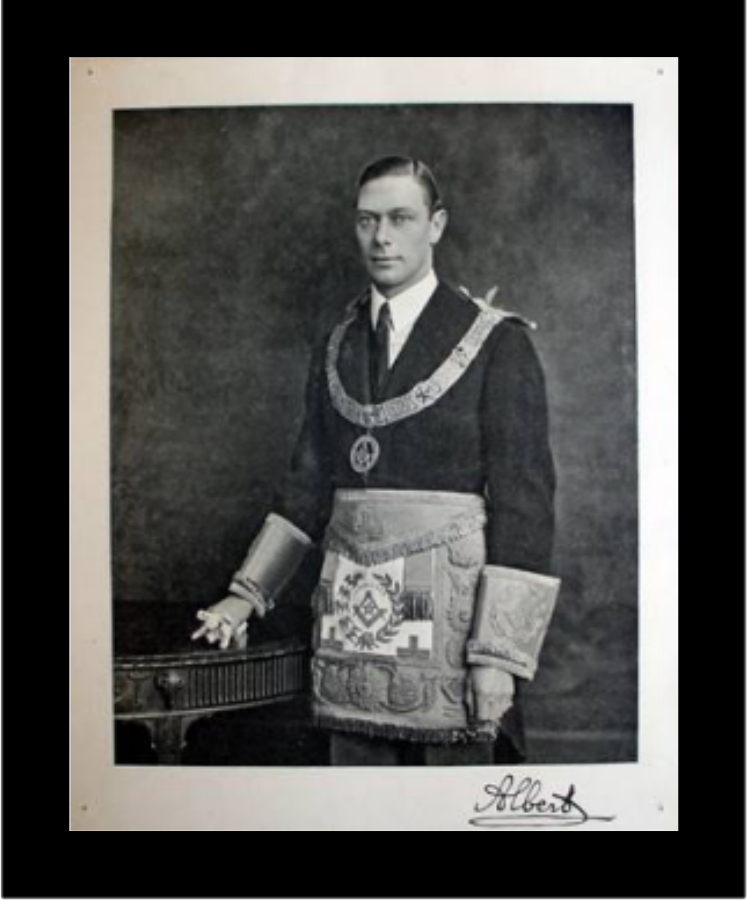
King George VI
IMAGE LINKED: wikimedia Attribution 4.0 International (CC BY 4.0)
His introduction to Freemasonry came through his father-in-law King George VI, who himself had been initiated into Navy Lodge, following in the footsteps of his Grandfather King Edward VII, our first Worshipful Master.
Instructor Rear-Admiral Sir Arthur Hall, KBE, CB, PGD, a previous Worshipful Deputy Master of Navy Lodge, proposed Prince Philip for membership while Admiral of the Fleet Baron Fraser of North Cape was his seconder.
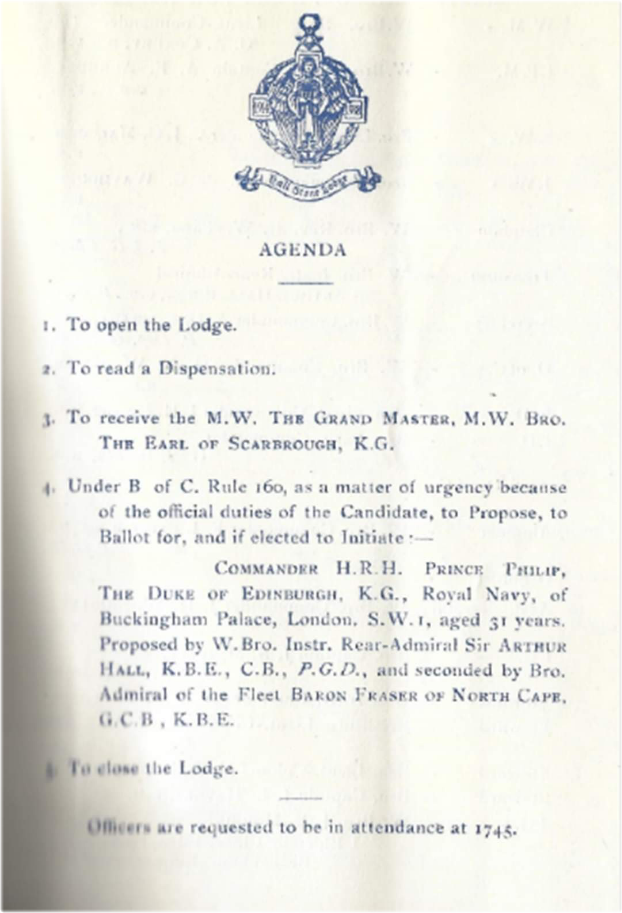
Emergency Meeting Agenda: 5 December 1952
Image curtesy: The Royal Navy Lodge No. 2612
Commander Prince Philip was duly initiated into Navy Lodge on 5 December 1952 at an Emergency Meeting held in Freemasons’ Hall, when no private guests were allowed.
There were fifty-two lodge members present and just twelve official guests, including the MW Grand Master, The Earl of Scarborough.
Following his rapid promotion, now Admiral-of-the-Fleet Prince Philip was passed on 6 March and raised on 4 May 1953 with the MW Grand Master (again) and MW Grand Master of Scotland in attendance.
Twenty-one officers of Navy Lodge were joined by sixty-nine members, forty-two official guests and eighty-five other guests.
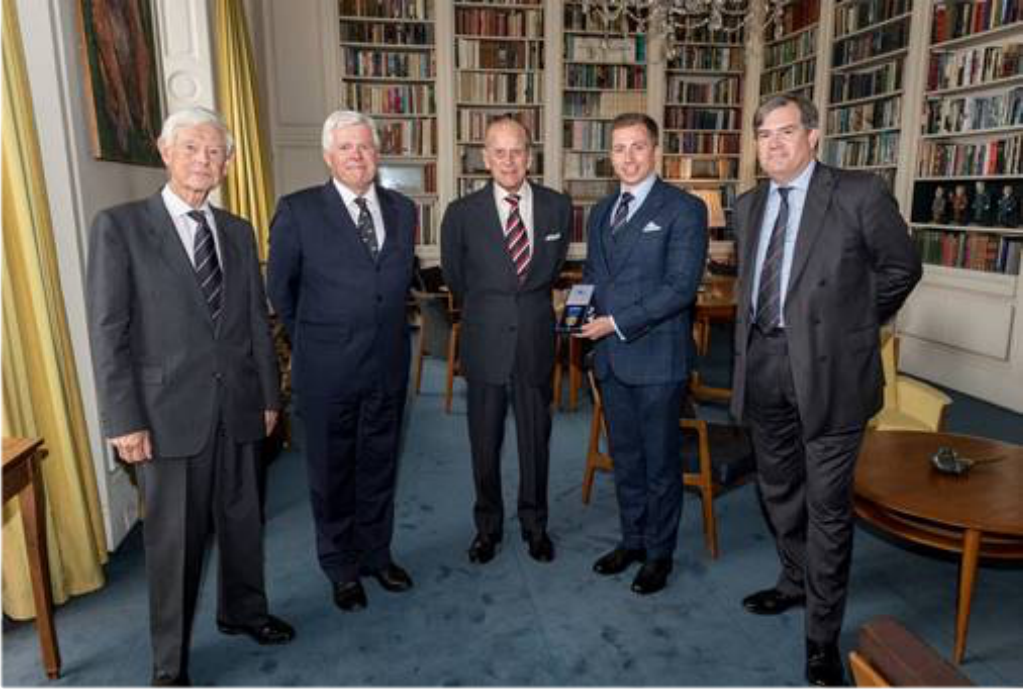
Tercentenary Jewel Presentation – Members of The Navy Lodge with HRH The Prince Philip Duke of Edinburgh
Image curtesy: The Royal Navy Lodge No. 2612
Though he has not played an active role in the lodge since, he has remained a subscribing member and has long retained an interest in our progress.
In order to mark the Tercentenary of Grand Lodge in 2017 the Lodge presented him with a solid gold Tercentenary jewel, suitably engraved.
The Duke kindly received a small Navy Lodge party in his private library at Buckingham Palace, comprising the WM, Secretary, our most senior and junior member.
The date? Most appropriately, it was on 31 May – the anniversary of the Battle of Jutland – one synonymous with so many Navy Lodge members, not least his late father-in-law.
The Duke passed away on the morning of 9 April after 68½ years as a full member of the Lodge leaving Her Majesty the Queen as our senior Lodge widow.
David Swain
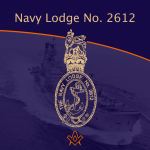
Navy Lodge No. 2612
A short, but fascinating history of Navy Lodge No, 2612 – a lodge fit for princes and kings – ‘past membership has included four monarchs….
more….
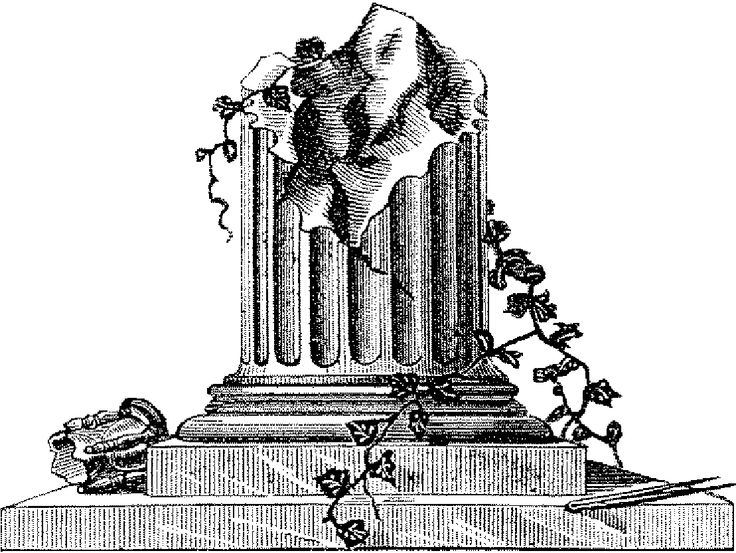
Saying Goodbye to Prince Philip
Robert Lomas, the well-known Masonic author, lecturer, and physicist, offers this wonderful personal remembrance of the Duke of Edinburgh, who was Chancellor of Salford Technical College (now Salford University) during Robert’s years there.
Although Bro The Prince Philip was a lifelong member of the Navy Lodge 2612, following in the footsteps of his father-in-law King George VI, he stayed a Master Mason throughout his life, to enjoy the fraternal company of his mother lodge.
I never met him as a Brother Mason, but HRH The Prince Philip became a formative influence on me many years before I qualified as a physicist, let alone became a Mason. I met him on two joyful occasions, as I will explain.
In 1966, I went to Salford Technical College to study for A Levels. For two years I read Pure Maths, Applied Maths and Physics, until in 1966 I qualified for a place at the adjoining Royal College of Advanced Technology. I took a Batchelor’s degree in Electronics in full knowledge that in 1967 the RCAT would become Salford University. What I did not know was who my chancellor would be. I was a first year RCAT student when it was announced the Chancellor of the new University was to be Prince Philip.
His inauguration speech was relayed to the student union where I and my fellow students (who, once Prince Philip was installed, became undergrads) listened to him (we were far too lowly to be invited into the Great Hall for the ceremony although we watched from the 300-floor bar, as the Chancellor’s Procession crossed the 200-floor bridge to the hall.
He made an inspirational speech, beginning:
“We meet together here amid all this display of ceremonial, and almost knee-deep in robes and ritual. But if this symbolism is not to be empty and meaningless, each of us must feel a personal involvement and a personal ambition to give the University of Salford a sense of its own special mission. A university is not just a brain factory, a conveyer belt for PhDs. Neither is it a place to go for its own sake. It is a means to an end and not an end in itself. A university should measure its success just as much by the number of millionaires as by the number of Nobel Prize winners which it produces.”
At that point the crowd of undergrads roared. Jim Wild, Rag Organiser for the Student Union, stood up and shouted “Three Cheers for Prince Phil.” We were in the next building, but I think the assembled crowd of local worthies heard our heart-felt approval of the Queen’s choice of Chancellor for the new university she had authorised in her personal Manor of Salford.
I met HRH for the first time in 1969, moon landing year, when he presided over the Degree Congregation and awarded me a BSc (1st Class) in Electronics.
In those meritorious days we were presented in order of Degree class so I was near the front.
He shook my hand, to officially make me a Bachelor of Science, and congratulated me on the success of my studies, reminding me that everything that was not made by God had to be made by an engineer, and said he hoped I would go on to benefit myself and society through the application of engineering skill.
His interest in engineering and manufacturing was no affectation, it was real. I left the stage on a high. I worked a while at Ferranti but soon realised that to understand integrated circuits and progress in the industry, I needed to learn more physics so I returned to Salford to begin a PhD.
In 1973, Prince Philip conducted the Degree Congregation. I was amazed when he took my hand and welcomed me back. He said how pleased he was I had continued my studies. (He was probably prompted by a crib sheet, but it was a wonderful human touch.)
I am still proud to say he was the first person to address me as ‘Dr’, and I doffed my newly acquired cap in happy acknowledgment.
He was an inspirational leader of the University and an outstanding ambassador for engineering and science. He remained our Chancellor for 24 years.
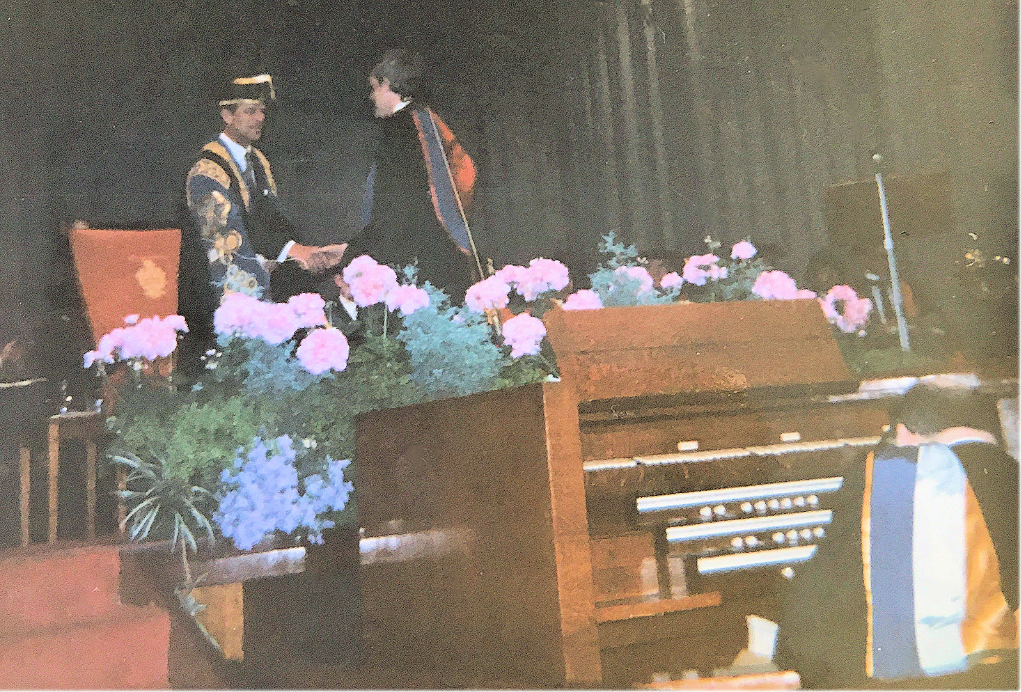
Photograph of HRH The Prince Philip conferring Robert’s PhD in 1973 (the University Organist was Mr Harold Bottomley).
The photo was taken by Robert’s late mother on a Kodak Brownie camera so it is a little grainy, but it conveys some wonderful memories.
Photo credit: Mrs E Lomas, copyright of Dr Robert Lomas.
Dr Robert Lomas
Recent Articles: in people series
 Celebrate the extraordinary legacy of The Marquis de La Fayette with C.F. William Maurer's insightful exploration of Lafayette's 1824-25 tour of America. Discover how this revered leader and Freemason was honored by a young nation eager to showcase its growth and pay tribute to a hero of the American Revolution. |
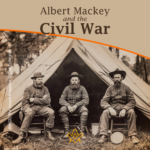 Albert Mackey and the Civil War In the midst of the Civil War's darkness, Dr. Albert G. Mackey, a devoted Freemason, shone a light of brotherhood and peace. Despite the nation's divide, Mackey tirelessly advocated for unity and compassion, embodying Freemasonry's highest ideals—fraternal love and mutual aid. His actions remind us that even in dire times, humanity's best qualities can prevail. |
 Discover the enduring bond of brotherhood at Lodge Dumfries Kilwinning No. 53, Scotland's oldest Masonic lodge with rich historical roots and cultural ties to poet Robert Burns. Experience rituals steeped in tradition, fostering unity and shared values, proving Freemasonry's timeless relevance in bridging cultural and global divides. Embrace the spirit of universal fraternity. |
 Discover the profound connections between John Ruskin's architectural philosophies and Freemasonry's symbolic principles. Delve into a world where craftsmanship, morality, and beauty intertwine, revealing timeless values that transcend individual ideas. Explore how these parallels enrich our understanding of cultural history, urging us to appreciate the deep impacts of architectural symbolism on society’s moral fabric. |
 Discover the incredible tale of the Taxil Hoax: a stunning testament to human gullibility. Unmasked by its mastermind, Leo Taxil, this elaborate scheme shook the world by fusing Freemasonry with diabolical plots, all crafted from lies. Dive into a story of deception that highlights our capacity for belief and the astonishing extents of our credulity. A reminder – question everything. |
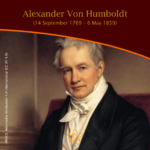 Dive into the extraordinary legacy of Alexander Von Humboldt, an intrepid explorer who defied boundaries to quench his insatiable thirst for knowledge. Embarking on a perilous five-year journey, Humboldt unveiled the Earth’s secrets, laying the foundation for modern conservationism. Discover his timeless impact on science and the spirit of exploration. |
 Voltaire - Freethinker and Freemason Discover the intriguing connection between the Enlightenment genius, Voltaire, and his association with Freemasonry in his final days. Unveil how his initiation into this secretive organization aligned with his lifelong pursuit of knowledge, civil liberties, and societal progress. Explore a captivating facet of Voltaire's remarkable legacy. |
 Robert Burns; But not as we know him A controversial subject but one that needs addressing. Robert Burns has not only been tarred with the presentism brush of being associated with slavery, but more scaldingly accused of being a rapist - a 'Weinstein sex pest' of his age. |
 Richard Parsons, 1st Earl of Rosse Discover the captivating story of Richard Parsons, 1st Earl of Rosse, the First Grand Master of Grand Lodge of Ireland, as we explore his rise to nobility, scandalous affiliations, and lasting legacy in 18th-century Irish history. Uncover the hidden secrets of this influential figure and delve into his intriguing associations and personal life. |
 James Gibbs St. Mary-Le-Strand Church Ricky Pound examines the mysterious carvings etched into the wall at St Mary-Le-Strand Church in the heart of London - are they just stonemasons' marks or a Freemason’s legacy? |
 Freemasonry and the Royal Family In the annals of British history, Freemasonry occupies a distinctive place. This centuries-old society, cloaked in symbolism and known for its masonic rituals, has intertwined with the British Royal Family in fascinating ways. The relationship between Freemasonry and the Royal Family is as complex as it is enduring, a melding of tradition, power, and mystery that continues to captivate the public imagination. |
 A Man Of High Ideals: Kenneth Wilson MA A biography of Kenneth Wilson, his life at Wellington College, and freemasonry in New Zealand by W. Bro Geoff Davies PGD and Rhys Davies |
 In 1786, intending to emigrate to Jamaica, Robert Burns wrote one of his finest poetical pieces – a poignant Farewell to Freemasonry that he wrote for his Brethren of St. James's Lodge, Tarbolton. |
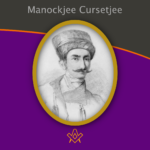 Alex Lishanin explores Mumbai and discovers the story of Lodge Rising Star of Western India and Manockjee Cursetjee – the first Indian to enter the Masonic Brotherhood of India. |
 Aleister Crowley - a very irregular Freemason Aleister Crowley, although made a Freemason in France, held a desire to be recognised as a 'regular' Freemason within the jurisdiction of UGLE – a goal that was never achieved. |
 Sir Joseph Banks – The botanical Freemason Banks was also the first Freemason to set foot in Australia, who was at the time, on a combined Royal Navy & Royal Society scientific expedition to the South Pacific Ocean on HMS Endeavour led by Captain James Cook. |
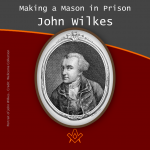 Making a Mason in Prison: the John Wilkes’ exception? |
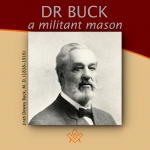 "To be a good man and true" is the first great lesson a man should learn, and over 40 years of being just that in example, Dr Buck won the right to lay down the precept. |
 Elias Ashmole: Masonic Hero or Scheming Chancer? The debate is on! Two eminent Masonic scholars go head to head: Yasha Beresiner proposes that Elias Ashmole was 'a Masonic hero', whereas Robert Lomas posits that Ashmole was a 'scheming chancer'. |
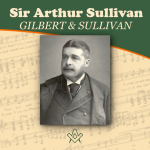 Sir Arthur Sullivan - A Masonic Composer We are all familiar with the comic operas of Gilbert and Sullivan, but did you know Sullivan was a Freemason, lets find out more…. |
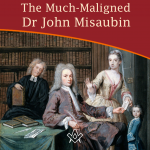 The Much-Maligned Dr John Misaubin The reputation of the Huguenot Freemason, has been buffeted by waves of criticism for the best part of three hundred years. |
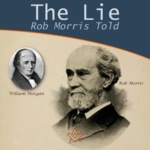 Was William Morgan really murdered by Masons in 1826? And what was the lie Masonic author Rob Morris told? Find out more in the intriguing story of 'The Morgan Affair'. |
 Lived Respected - Died Regretted Lived Respected - Died Regretted: a tribute to HRH The Prince Philip, Duke of Edinburgh |
 Who was Moses Jacob Ezekiel, a Freemason, American Civil War Soldier, renowned sculptor ? |
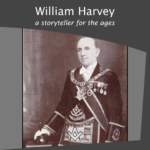 A Masonic author and Provincial Grand Master of Forfarshire in Scotland |
 Who was Philip, Duke of Wharton and was he Freemasonry’s Loose Cannon Ball ? |
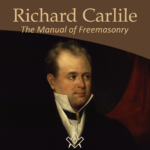 Richard Carlile - The Manual of Freemasonry Will the real author behind The Manual of Freemasonry please stand up! |
 Nicholas Hawksmoor – the ‘Devil’s Architect’ Nicholas Hawksmoor was one of the 18th century’s most prolific architects |
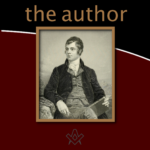 By Bro. Anthony Oneal Haye (1838-1877), Past Poet Laureate, Lodge Canongate Kilwinning No. 2, Edinburgh. |
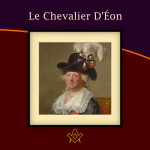 The Curious Case of the Chevalier d’Éon A cross-dressing author, diplomat, soldier and spy, the Le Chevalier D'Éon, a man who passed as a woman, became a legend in his own lifetime. |
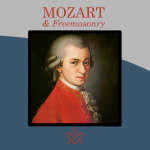 Mozart Freemasonry and The Magic Flute. Rev'd Dr Peter Mullen provides a historical view on the interesting topics |
masonic knowledge
to be a better citizen of the world
share the square with two brothers

click image to open email app on mobile device


